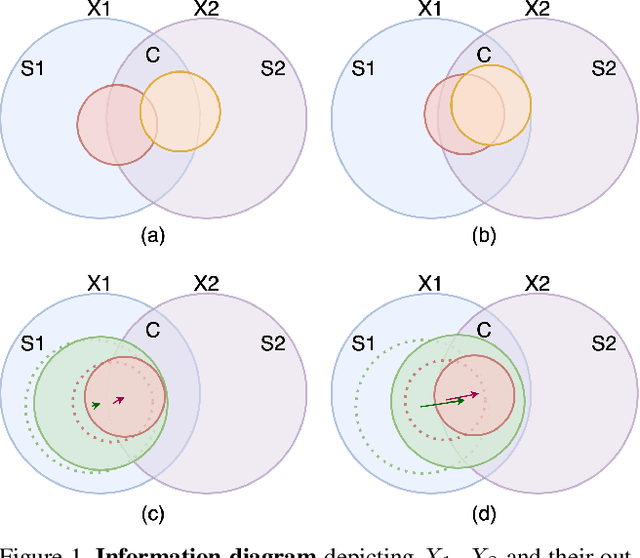Self-Distilled Self-Supervised Representation Learning
Paper and Code
Nov 25, 2021



State-of-the-art frameworks in self-supervised learning have recently shown that fully utilizing transformer-based models can lead to performance boost compared to conventional CNN models. Thriving to maximize the mutual information of two views of an image, existing works apply a contrastive loss to the final representations. In our work, we further exploit this by allowing the intermediate representations to learn from the final layers via the contrastive loss, which is maximizing the upper bound of the original goal and the mutual information between two layers. Our method, Self-Distilled Self-Supervised Learning (SDSSL), outperforms competitive baselines (SimCLR, BYOL and MoCo v3) using ViT on various tasks and datasets. In the linear evaluation and k-NN protocol, SDSSL not only leads to superior performance in the final layers, but also in most of the lower layers. Furthermore, positive and negative alignments are used to explain how representations are formed more effectively. Code will be available.
 Add to Chrome
Add to Chrome Add to Firefox
Add to Firefox Add to Edge
Add to Edge